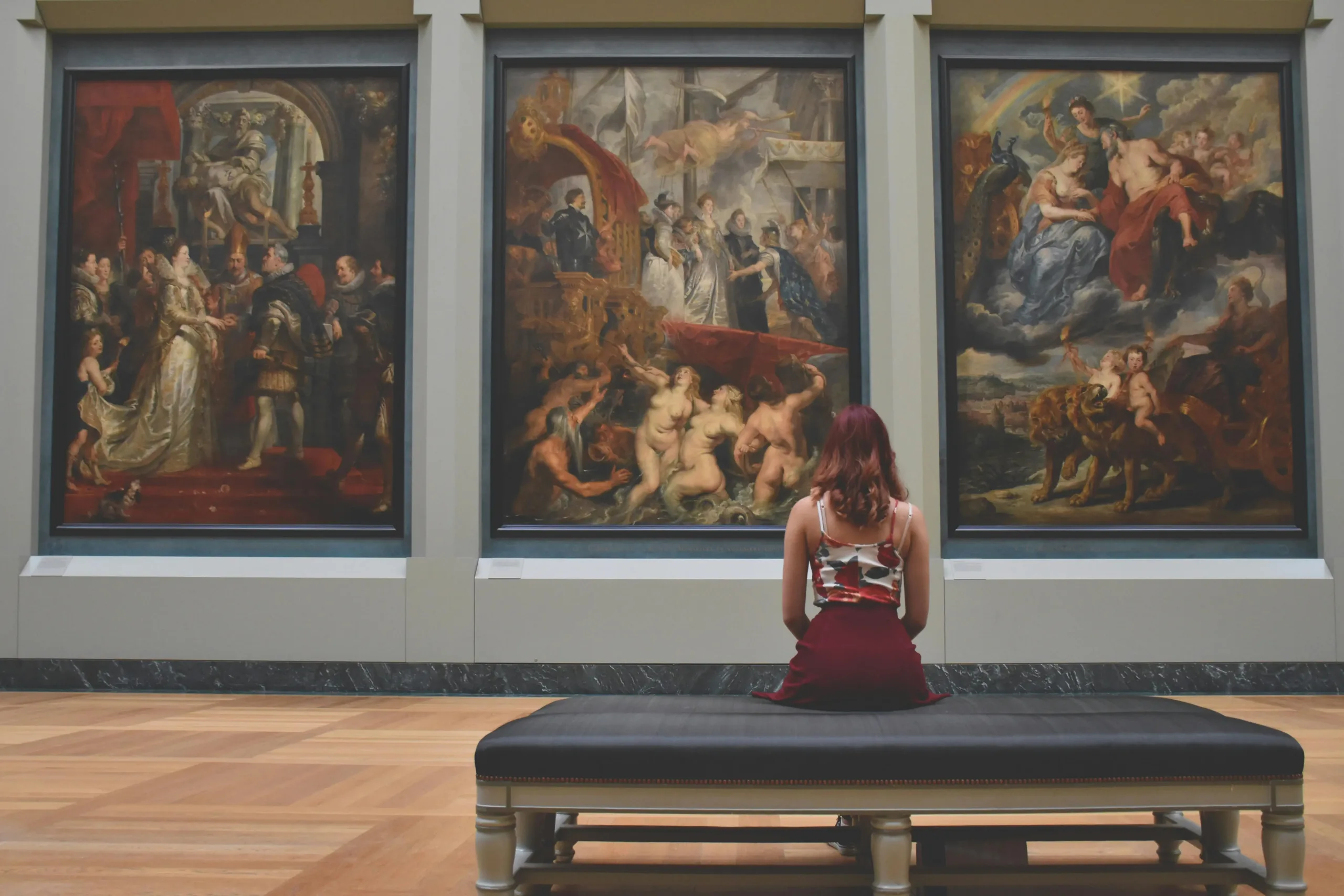
The first half of 2025 has been a complex period for the global art market. While the sector continues to demonstrate long-term resilience, shifting buyer behavior, geopolitical uncertainty, and evolving digital trends have reshaped the landscape.
In this review, My Hart Gallery examines the key numbers, regional insights, and category trends that define today’s art market, and what they mean for collectors, artists, and investors moving forward.
1. A Market of Contrasts
The art market has never evolved evenly across styles, price ranges, or regions, and 2025 is no exception. Despite an overall sense of stability, deeper analysis reveals a nuanced picture. While some segments are thriving, others are adjusting after years of record-breaking growth. Caution, rather than exuberance, defines this moment in art trading.
2. Market Performance by Price Range
Different tiers of the market are moving in distinct directions:
Ultra-High-End Works ($10 Million+)
- The top tier saw a sharp slowdown, with only 27 sales in the first half of 2025 less than half the number recorded in 2023.
- Buyers are becoming more selective, favoring works with impeccable provenance or institutional significance.
$1 Million–$10 Million Range
- This segment remains the most dynamic, showing 13.8% growth in total sales value and 6.7% more works sold compared to last year.
- Collectors see this range as a sweet spot between prestige and stability, often targeting mid-career blue-chip artists.
$100,000–$1 Million Range
- A moderate decline suggests collectors are being more strategic, focusing on quality rather than volume.
$10,000–$100,000 Range
- Sales dipped around 10%, signaling a post-pandemic market correction after several years of accelerated growth.
- Still, this range remains accessible for emerging collectors entering the fine art market.
Below $100,000
- Minor decreases across the board reflect normalization rather than weakness.
- This tier continues to serve as a healthy entry point for new buyers, especially through online platforms.
3. Trends by Category
Each art movement is responding differently to the market’s adjustments:
Post-War and Contemporary Art
- Continues to lead the market, reaching $1.8 billion in sales globally.
- Strong demand persists for established names like Basquiat, Hockney, and Richter, as well as a new generation of socially engaged artists.
Impressionist and Modern Art
- Remains stable at $1.7 billion.
- Consistent interest from institutional collectors and long-term investors keeps this segment solid despite fewer record-breaking results.
Ultra-Contemporary Art
- Experienced a significant correction, with sales values down 31.3% compared to the first half of 2024.
- The frenzy around speculative young artists has cooled, leading to a healthier, more sustainable pace.
4. Regional Market Outlook
The global art scene continues to shift, with regional nuances shaping the collector experience.
United States
Still the powerhouse of the high-end art market. New York remains the global capital for museum-quality works and high-profile auctions, even as buyers take a more cautious approach amid economic uncertainty.
Europe
Despite inflationary pressures, London and Paris continue to thrive.
- Paris, in particular, is strengthening its position as a global cultural hub supported by leading art fairs like Paris+ par Art Basel, and a new wave of collectors energized by its contemporary scene.
Asia
After years of explosive growth, Asia is facing a temporary slowdown. Political and economic headwinds in China and Hong Kong have introduced volatility.
However, the long-term outlook remains strong, especially as emerging art centers like Seoul and Singapore continue to attract international attention.
5. The Digital Evolution: Online Art Sales on the Rise
Digital transformation is no longer an afterthought; it’s now central to the global art market.
Collectors are increasingly comfortable buying high-value works online, with many discovering artists, comparing prices, and even finalizing acquisitions entirely through digital platforms.
Platforms like My Hart Gallery make it easier than ever to discover, evaluate, and purchase artworks with confidence. For new collectors, this digital shift lowers barriers to entry and broadens access to international art scenes once reserved for gallery insiders.
6. Looking Ahead: The Second Half of 2025 and Beyond
While global uncertainty continues to influence art spending, the sector’s fundamentals remain strong.
Collectors are prioritizing quality, authenticity, and narrative value, and artists who reflect social, cultural, and environmental consciousness are gaining traction.
In the months ahead, analysts expect a steady recovery, particularly if economic conditions stabilize.
Long-term investors still view fine art as a store of value and cultural capital, particularly in categories with proven demand.
Final Thoughts
The first half of 2025 has underscored the art market’s resilience, adaptability, and enduring allure. While the pace of growth has slowed in some areas, the market continues to evolve driven by passionate collectors, innovative platforms, and the timeless appeal of artistic expression.
For both seasoned collectors and newcomers, now is the time to observe, learn, and strategically invest in works that speak not just to market value, but to lasting creativity.
Stay Inspired with My Hart Gallery
At My Hart Gallery, we believe art is more than an asset it’s a story, an emotion, and a reflection of who we are.
Explore our curated collection of emerging and established artists, and stay updated with the latest art market insights and creative trends shaping the future of collecting.





Add comment